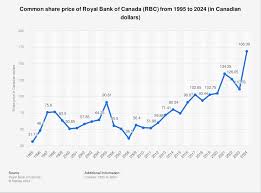
Introduction
The ongoing Chase Fire, which has rapidly spread in parts of British Columbia, has drawn significant attention due to its potential threat to local communities and ecosystems. With wildfires becoming increasingly common as climate change affects weather patterns, understanding the dynamics of the Chase Fire is crucial for residents, officials, and all stakeholders involved in fire prevention and management.
Current Status of the Chase Fire
As of the latest updates, the Chase Fire has consumed over 2,500 hectares of land since it ignited earlier this month. The cause of the fire is currently under investigation, but officials suspect that lightning strikes may have played a role in its ignition. Emergency services have been working tirelessly to contain the fire, utilizing ground crews and aerial support to combat the flames. Evacuation orders and alerts have been issued for several nearby communities, emphasizing the urgency for residents to prepare for potential evacuations.
Impact on the Community
The Chase Fire has a significant impact on local communities, not only due to the immediate threat to homes and infrastructure but also as a result of the environmental and economic consequences. Local businesses, particularly in the tourism sector, are feeling the strain as visitors cancel bookings out of concern for air quality and safety. The smoke from the fire has raised health concerns, particularly for individuals with respiratory conditions. Public health advisories recommend that residents limit outdoor activities and follow guidelines from health authorities.
Safety Measures and Community Response
Community response efforts are crucial in ensuring public safety during this crisis. Local authorities have set up information centers to assist evacuees and provide updates on the situation. Residents are urged to stay informed through official channels such as the BC Wildfire Service. Additionally, safety measures include preparing ‘go bags’ and evacuation kits, creating communication plans with family and friends, and adhering to all fire bans and safety regulations.
Conclusion
The Chase Fire serves as a stark reminder of the increasing prevalence of wildfires and their potential impact on communities. It underscores the need for preparedness, rapid response, and community solidarity in times of crisis. As firefighters continue to work tirelessly to contain the blaze, residents are encouraged to stay alert, remain informed, and support each other through this challenging period. Ongoing monitoring and updates will provide further insights as the situation develops; proactive measures can aid in minimizing the fire’s toll on health, property, and local economies.

